Home>Garden Essentials>How Many Acres Of Turf Grass Are There In The United States
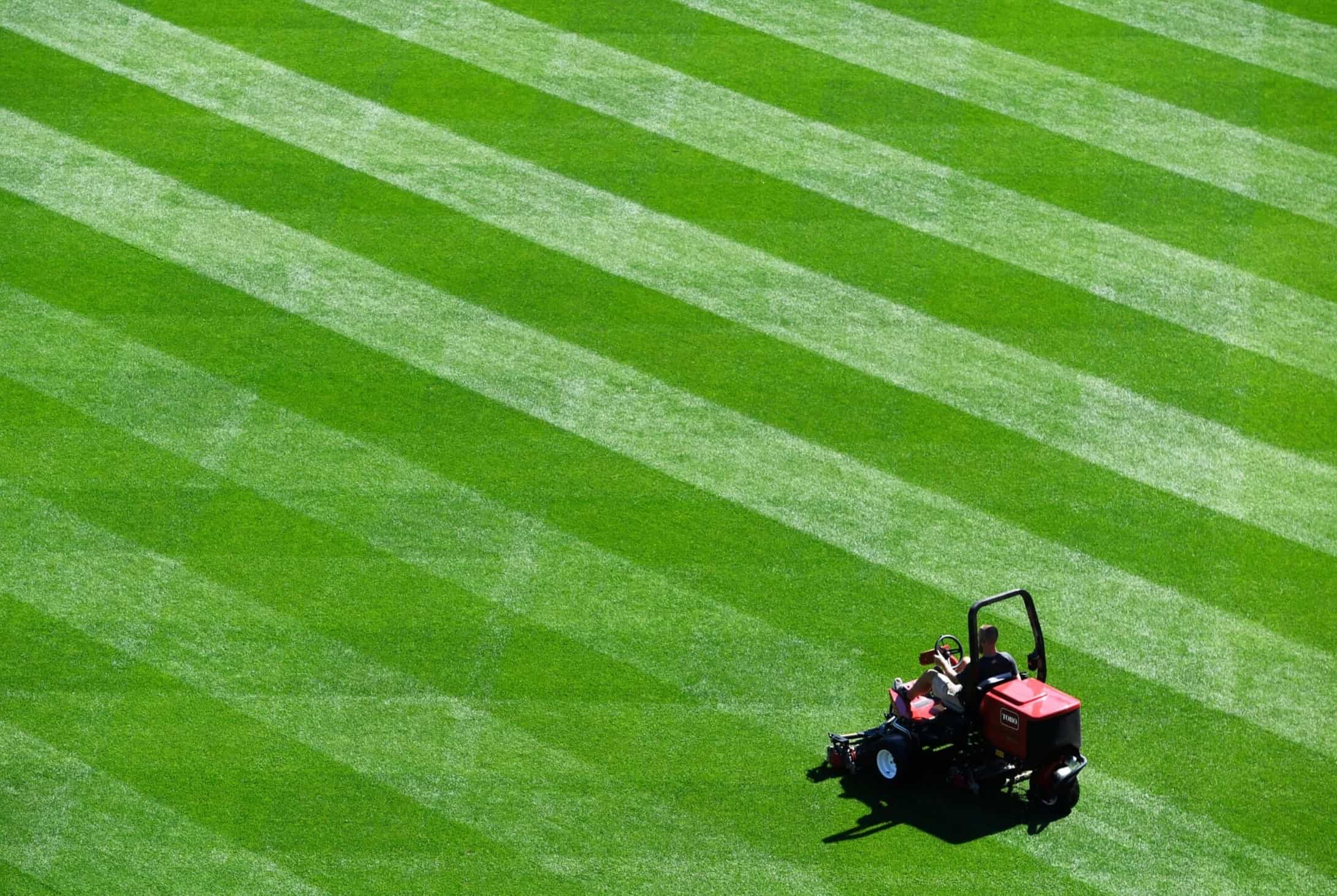

Garden Essentials
How Many Acres Of Turf Grass Are There In The United States
Modified: March 27, 2024
Discover the vast expanse of garden turf grass in the United States. Learn fascinating facts about the acres of lush green landscapes across the country.
(Many of the links in this article redirect to a specific reviewed product. Your purchase of these products through affiliate links helps to generate commission for Storables.com, at no extra cost. Learn more)
Introduction
Gardening has always been a popular pastime in the United States, with millions of Americans dedicating time and effort to cultivating beautiful outdoor spaces. One crucial element of any well-maintained garden or landscape is the presence of healthy and vibrant turf grass. Turf grass not only enhances the aesthetic appeal of an area but also provides numerous functional benefits.
Before we delve into the fascinating world of turf grass, it’s essential to understand what exactly it is. Turf grass refers to a group of grass species that are specifically cultivated for their ability to form a dense, low-growing mat. This matting behavior allows turf grass to create a uniform and cohesive appearance, which is desirable for lawns, golf courses, sports fields, and other green spaces.
Turf grass plays a significant role in the overall well-being of the environment and human health. It helps prevent soil erosion by holding the soil in place with its roots, thus preserving the integrity of landscapes. Additionally, turf grass acts as a natural filter, capturing dust and debris, and improving air quality. It also provides a cushioning effect that can reduce injuries during physical activities or sports.
Now, let’s explore the importance of turf grass in the United States and the factors that influence its acreage.
Key Takeaways:
- Turf grass covers about 40 million acres in the US, providing beauty, recreation, and environmental benefits like preventing soil erosion and improving air quality.
- Challenges in maintaining turf grass include water management, weed control, and pest/disease management. Sustainable practices are key for healthy, vibrant landscapes.
Definition of Turf Grass
Turf grass, often simply referred to as grass, encompasses various grass species that are cultivated and managed for their dense growth habits and aesthetic appeal. It is specifically selected for its ability to create a uniform and resilient surface that can withstand regular foot traffic, mowing, and environmental stressors.
These grass species belong to the family Poaceae and include popular varieties such as Kentucky bluegrass, Bermuda grass, ryegrass, and Zoysia grass. Each grass species has its unique characteristics, growth habits, and maintenance requirements.
Turf grasses are classified into two main types: cool-season grasses and warm-season grasses. Cool-season grasses thrive in regions with moderate temperatures and include species like Kentucky bluegrass and perennial ryegrass. Warm-season grasses, such as Bermuda grass and Zoysia grass, are well-adapted to regions with hot summers and mild winters.
The primary attribute of turf grass is its ability to form a dense mat or turf when properly maintained. This matting behavior is facilitated by the grass’s horizontal growth characteristics, known as stolons (above-ground stems) and rhizomes (below-ground stems). The compact growth habit of turf grasses allows them to establish a uniform and cohesive surface with excellent wear resistance.
Turf grass is actively managed through practices such as regular mowing, irrigation, fertilization, and pest control. These maintenance activities help maintain the health, appearance, and functionality of the turf grass in various settings, ranging from residential lawns to sports fields and golf courses.
Overall, turf grass serves as an integral component of landscapes and outdoor recreational areas, providing numerous benefits and serving as a foundation for a visually appealing and functional outdoor space.
Importance of Turf Grass in the United States
Turf grass holds immense significance in the United States, where it plays a vital role in various sectors, from residential landscaping to sports and recreation. Understanding the importance of turf grass can shed light on the reasons behind its widespread cultivation and maintenance throughout the country.
1. Visual Appeal: Turf grass is visually appealing, adding lush greenery and aesthetic beauty to landscapes. Well-maintained lawns create a welcoming and inviting ambiance, enhancing the overall curb appeal of residential properties, public parks, and commercial spaces.
2. Recreation and Sports: Turf grass serves as the foundation for outdoor recreational activities and sports. From neighborhood parks to professional sports arenas, turf grass provides a safe and comfortable surface for activities like picnics, playing catch, soccer, and golf.
3. Environmental Benefits: Turf grass helps to improve air and water quality by trapping dust and pollutants and filtering rainwater, reducing runoff and erosion. It also acts as a natural cooling system, reducing the urban heat island effect and lowering ambient temperatures.
4. Soil Erosion Prevention: The extensive root system of turf grass helps anchor soil particles and minimize erosion caused by wind or water. This is especially crucial in areas prone to heavy rainfall or high winds.
5. Habitat Conservation: Well-maintained turf grass can provide habitats for various beneficial insects, birds, and small mammals. It contributes to biodiversity in urban and suburban areas, creating a harmonious balance between human living spaces and nature.
6. Economic Benefits: The turf grass industry contributes significantly to the United States’ economy. It supports jobs in landscaping services, turf grass production, equipment manufacturing, and maintenance. Additionally, vibrant and well-maintained green spaces can increase property values, benefiting homeowners and communities.
7. Health and Well-being: Turf grass provides psychological and physiological benefits to individuals. Green spaces have been shown to improve mental health, reduce stress, and promote physical activity—a vital aspect of maintaining a healthy lifestyle.
The importance of turf grass in the United States is undeniable, impacting various aspects of society, the environment, and the economy. The widespread cultivation and maintenance of turf grass throughout the country are a testament to its value and the role it plays in enhancing the quality of life for millions of Americans.
Factors Influencing Turf Grass Acreage
The acreage of turf grass in the United States is influenced by a variety of factors, including societal preferences, climate conditions, land availability, and economic considerations. Understanding these factors helps explain the variations in turf grass acreage throughout different regions of the country.
1. Climate and Geography: The climate and geography of a region play a significant role in determining the type and amount of turf grass that can thrive. Cool-season grasses, such as Kentucky bluegrass and fescue, are more commonly found in the northern states, where the climate is cooler and supportive of their growth. Warm-season grasses like Bermuda grass and Zoysia grass, on the other hand, are prevalent in the southern states, where the climate is hot and humid.
2. Population Density: The population density of an area influences the demand for landscaped spaces, including residential lawns and public parks. Urban and suburban areas typically have a higher concentration of turf grass due to the larger number of residential properties and the need for green spaces for recreational activities.
3. Land Availability: The availability of land affects the extent to which turf grass can be cultivated. Areas with limited land resources may have less turf grass acreage as the space needs to be allocated for residential, commercial, or agricultural purposes. In contrast, rural areas with vast open spaces may have more extensive turf grass acreage for farming, golf courses, or large outdoor recreational facilities.
4. Water Resources: The availability of water resources, such as rivers, lakes, and groundwater, is crucial for irrigation and maintenance of turf grass. Areas with adequate water resources are more likely to have larger turf grass acreage as they can support the water needs of the grass. In contrast, regions with limited water resources may opt for alternative landscaping options or adopt water-efficient practices like xeriscaping.
5. Cultural Preferences: Cultural preferences and societal norms also influence turf grass acreage. In the United States, there is a long-standing tradition of having well-manicured lawns, particularly in suburban areas. Homeowners often prioritize the appearance of their lawns and invest time and resources into maintaining lush green turf grass. This cultural preference for turf grass has contributed to its significant acreage in residential properties.
6. Economic Factors: Economic considerations, such as the cost of maintenance, can impact turf grass acreage. The cost of water, fertilizers, pesticides, equipment, and labor required for turf grass maintenance can vary significantly. Economic factors may influence decisions on the extent of turf grass cultivation, particularly for commercial properties, golf courses, and recreational areas.
Understanding these factors helps explain why turf grass acreage varies across different regions of the United States. Climate conditions, population density, land availability, water resources, cultural preferences, and economic factors all play a role in determining the extent to which turf grass is cultivated and maintained.
Methods Used for Measuring Turf Grass Acreage
Accurately measuring the acreage of turf grass is essential for various purposes, including planning, management, and research. Several methods are commonly employed to determine the extent of turf grass coverage in a given area. These methods range from simple visual assessments to more advanced remote sensing technologies.
1. Visual Assessment: Visual assessment involves visually estimating the extent of turf grass coverage by observing and recording the percentage of an area covered by grass. This method is subjective and relies on the expertise of trained individuals who can assess the turf grass coverage based on their knowledge and experience. Visual assessment is commonly used for smaller residential lawns or small-scale projects where precision is not critical.
2. Grid Sampling: Grid sampling involves dividing a turf grass area into a grid pattern using a predetermined spacing. In each grid cell, a representative sample is taken to measure the turf grass coverage. This method provides a more systematic approach to estimating acreage and offers better accuracy compared to visual assessment. The samples can be collected using a variety of techniques, such as using a frame or a grid overlay on aerial or satellite imagery.
3. Transect Sampling: Transect sampling involves establishing a straight line across a turf grass area and collecting data at regular intervals along that line. Data collected may include measurements of turf grass coverage, height, density, or species composition. Transect sampling provides a systematic and standardized method for assessing turf grass acreage and capturing variations across the area of interest.
4. Remote Sensing: Remote sensing techniques, including aerial photography and satellite imagery, can be used to estimate turf grass acreage over larger areas. High-resolution imagery is collected, and specialized software and algorithms are used to analyze the images and extract information on turf grass coverage. Remote sensing offers a more efficient and cost-effective approach for estimating turf grass acreage but may require technical expertise and access to satellite or aerial imagery.
5. Geographic Information Systems (GIS): GIS technology combines spatial data with attribute data to analyze and visualize turf grass acreage. GIS allows for the integration of various sources of data, such as aerial imagery, satellite imagery, and field data, to create detailed maps and quantify the turf grass coverage. GIS can be used to assess changes in turf grass acreage over time and analyze spatial patterns and relationships with other environmental variables.
It is important to note that the choice of method for measuring turf grass acreage depends on the scale of the project, available resources, and the level of precision required. For smaller areas, visual assessment or grid sampling may be sufficient, while larger areas may require remote sensing or GIS technologies to obtain accurate and comprehensive data on turf grass acreage.
These measurement methods play a crucial role in understanding and managing turf grass resources, informing land use decisions, and evaluating the impact of turf grass on the environment and society.
Turf grass covers about 40-50 million acres in the United States, making it the largest irrigated crop in the country.
Read more: How Many Pounds Of Rye Grass Seed Per Acre
Estimating the Total Acreage of Turf Grass in the United States
Estimating the total acreage of turf grass in the United States is a challenging task due to the vastness of the country and the wide range of land uses. However, various methods and data sources can be used to provide an approximation of the extent of turf grass coverage across the nation.
One commonly used approach is to analyze satellite imagery and aerial photography. High-resolution images can be obtained from sources such as the National Aerial Imagery Program (NAIP) or commercial satellite providers. These images can then be processed using GIS and remote sensing algorithms to detect and classify turf grass areas. By analyzing multiple images over different time periods, changes in turf grass acreage can also be observed.
Another method is to utilize land cover and land use datasets. National databases, like the National Land Cover Database (NLCD), provide information on different land cover categories, including grasslands and developed areas that often contain turf grass. By analyzing these datasets and applying classification algorithms, it is possible to estimate the acreage of turf grass at a national level.
Additionally, surveys and censuses conducted by government agencies and industry associations play a significant role in estimating turf grass acreage. The United States Department of Agriculture (USDA) conducts the Census of Agriculture, which collects data on various agricultural practices, including turf grass cultivation. The data obtained from these surveys can be aggregated to estimate turf grass acreage at a national level.
While these methods provide valuable insights, it is important to note that turf grass acreage estimations are subject to uncertainty due to various factors. Variations in classification algorithms, image resolution, and data sources can lead to discrepancies in the results. Additionally, land use changes, such as conversion of turf grass areas to other land uses, can impact the accuracy of these estimations.
Despite the challenges, studies have attempted to provide approximate figures for the total acreage of turf grass in the United States. According to a report by the Lawn Institute, the total turf grass acreage in the U.S. was estimated to be around 40 million acres as of 2020. However, this figure may vary based on different data sources and methodologies.
Continued advancements in technology, along with improved data collection and analysis methods, will contribute to more accurate estimations of turf grass acreage in the future. These estimations are valuable for understanding the environmental, economic, and social implications of turf grass cultivation and guiding sustainable land management practices.
Regional Distribution of Turf Grass Acreage
The distribution of turf grass acreage in the United States varies significantly across different regions due to variations in climate, population density, and cultural preferences. Understanding the regional distribution helps in recognizing the areas where turf grass plays a prominent role in landscaping and outdoor recreational spaces.
1. Northeast Region: The northeastern states, including Maine, New Hampshire, Vermont, Massachusetts, Connecticut, Rhode Island, New York, New Jersey, and Pennsylvania, have a moderate amount of turf grass acreage. Cool-season grasses like Kentucky bluegrass and fescue are commonly found in this region due to the cooler climate and higher precipitation levels.
2. Southeast Region: The southeastern states, such as Florida, Georgia, Alabama, Mississippi, Louisiana, South Carolina, and North Carolina, have a significant amount of turf grass acreage. Warm-season grasses like Bermuda grass and Zoysia grass thrive in this region due to the hot and humid climate. Residential lawns, commercial properties, and golf courses heavily utilize turf grass in these states.
3. Midwest Region: The Midwest region, including states like Ohio, Michigan, Indiana, Illinois, Wisconsin, Minnesota, Iowa, Missouri, and Kansas, has a diverse mix of turf grass acreage. Both warm-season and cool-season grasses are prevalent in this region, reflecting the transitional climate. The demand for turf grass in residential lawns and sports fields is high, making it a vital part of the local landscape.
4. Southern Plains Region: The states in the southern plains, including Texas, Oklahoma, Arkansas, and parts of Kansas and Nebraska, have significant turf grass acreage due to the warm and dry climate. Warm-season grasses like Bermuda grass and buffalograss are commonly used in this region, particularly for golf courses, sports fields, and large recreational areas.
5. West Coast Region: The West Coast states, such as California, Oregon, and Washington, have varied turf grass acreage due to differences in climate and water availability. Coastal regions may have more turf grass acreage due to moderate temperatures, while inland areas may require water-efficient landscaping practices. Drought-tolerant grasses like tall fescue and perennial ryegrass are commonly used to conserve water resources.
6. Mountain and High Plains Region: The mountainous regions and high plains, including states like Colorado, Wyoming, Utah, Montana, and Idaho, have limited turf grass acreage due to the challenging climate and altitude. Native grasses are favored in these areas, providing low-maintenance alternatives to traditional turf grass.
It’s important to note that the regional distribution of turf grass acreage is dynamic and subject to change due to factors such as water availability, environmental concerns, and shifts in landscaping trends. Additionally, urban areas within each region typically have higher turf grass acreage due to the demand for residential lawns and public green spaces.
Understanding the regional distribution of turf grass acreage helps in recognizing the unique challenges and opportunities associated with turf grass management in different parts of the United States. It also highlights the importance of adapting landscaping practices to local climatic conditions and preferences, promoting sustainable and resilient landscapes nationwide.
Environmental Impacts of Turf Grass
Turf grass, while providing numerous benefits, also has environmental impacts that need to be considered in sustainable land management practices. Understanding these impacts helps inform decisions regarding turf grass cultivation, maintenance, and alternative landscaping approaches.
1. Water Usage: One of the significant environmental concerns associated with turf grass is its water consumption. Maintaining a healthy and lush turf requires regular watering, which can contribute to high water usage, particularly in regions with limited water resources. Over-irrigation can lead to water waste and strain local water supplies, impacting both human usage and aquatic ecosystems. Adopting water-efficient irrigation practices like using smart controllers and employing drought-tolerant grass varieties can help mitigate this impact.
2. Chemical Inputs: The use of fertilizers, herbicides, and pesticides in turf grass maintenance can have environmental consequences. If not applied judiciously and in adherence to best practices, these chemicals can leach into groundwater or be carried by runoff into nearby water bodies, potentially affecting local ecosystems. Furthermore, excessive or improper use of chemical inputs can lead to nutrient imbalances, soil degradation, and harm beneficial insects and organisms. Integrated Pest Management (IPM) techniques and organic alternatives can help minimize the use of chemical inputs and promote environmentally friendly turf grass management.
3. Soil Health: Turf grass cultivation can impact soil health by compacting the soil and reducing its organic matter content. Frequent mowing, foot traffic, and heavy machinery can contribute to soil compaction, limiting water infiltration and root growth. This can lead to reduced nutrient availability and increased runoff. Regular aeration, appropriate mowing practices, and the addition of organic matter can help alleviate soil compaction and improve soil health.
4. Biodiversity Impact: The extensive monoculture of turf grass can reduce biodiversity by limiting habitat availability for native plants and wildlife. The vast expanses of closely mowed grass provide limited food and shelter for insects, birds, and other wildlife. Incorporating native plantings, creating naturalized areas, or leaving sections of the lawn unmowed can help support biodiversity by providing habitat and food sources for a variety of species.
5. Carbon Footprint: Turf grass maintenance contributes to greenhouse gas emissions, mainly through energy use in mowing, irrigation, and fertilizer production. Additionally, the transportation of equipment, inputs, and waste generated from turf grass maintenance also contributes to carbon emissions. Opting for electric or manual mowers, reducing chemical inputs, and implementing sustainable waste management practices can help lower the carbon footprint associated with turf grass maintenance.
6. Urban Heat Island Effect: In urban areas, extensive turf grass coverage can contribute to the urban heat island effect, where cities experience higher temperatures compared to surrounding rural areas. Turf grass has a lower albedo (reflectivity) compared to impervious surfaces like concrete, causing it to absorb more heat and contribute to localized temperature increases. Combining turf grass with shade trees and incorporating permeable surfaces can help mitigate the urban heat island effect.
Addressing these environmental impacts requires a holistic and proactive approach to turf grass management. Implementing sustainable practices such as water-efficient irrigation, organic fertilization, biodiversity promotion, and carbon reduction strategies can minimize the negative environmental consequences associated with turf grass cultivation while still enjoying the aesthetic and functional benefits it provides.
Challenges in Maintaining Turf Grass
While turf grass can create beautiful landscapes and functional outdoor spaces, its maintenance comes with its own set of challenges. These challenges can arise from various factors such as climate conditions, pests, diseases, and human practices. Successfully overcoming these challenges requires proper knowledge, planning, and implementation of appropriate management strategies.
1. Water Management: Adequate water management is crucial for maintaining healthy and vibrant turf grass. Balancing water requirements with water availability, particularly in regions with limited water resources or during drought conditions, can be challenging. Over-irrigation can lead to water waste, nutrient leaching, and the development of shallow rooting systems, while under-irrigation can result in stress and poor turf quality. Employing water-efficient irrigation techniques, monitoring soil moisture levels, and adjusting watering schedules based on weather conditions can help optimize water usage and maintain healthy turf grass.
2. Weed Control: Weeds can quickly invade turf grass areas and compete for resources, impacting the overall appearance and health of the turf. Controlling weeds can be challenging, with different weed species requiring specific herbicides or manual removal methods. It is essential to identify the weed species correctly and use appropriate integrated weed management strategies, combining cultural practices, herbicides, and proper timing, to effectively control weeds while minimizing the impact on the turf grass.
3. Pest and Disease Management: Turf grass is susceptible to various pests and diseases, including insects, fungi, and bacteria. Insects like grubs and chinch bugs can damage the turf by feeding on the grass blades and roots, while diseases such as brown patch and dollar spot can cause discoloration and thinning of the turf. Proper identification of pests and diseases, regular monitoring, and timely application of appropriate control measures, including cultural practices and selective pesticides, are necessary to maintain healthy turf grass.
4. Nutrient Management: Maintaining balanced nutrient levels is crucial for the health and vigor of turf grass. Over-fertilization can lead to excessive growth, nutrient runoff, and environmental pollution, while under-fertilization can result in nutrient deficiencies and weakened turf. Conducting soil tests to determine nutrient deficiencies and applying fertilizers based on the specific needs of the turf, using slow-release formulations and organic amendments, can optimize nutrient management and minimize environmental impact.
5. Mowing and Scalping Issues: Improper mowing practices can cause significant damage to turf grass. Mowing too low or infrequently can scalp the grass and weaken its growth, leading to thinning and increased susceptibility to weeds and diseases. On the other hand, mowing too high or irregularly may result in a thatch buildup and reduced turf density. Maintaining proper mowing height, using sharp blades, and adhering to recommended mowing frequency ensures healthy turf growth and appearance.
6. Environmental and Sustainability Considerations: Turf grass maintenance should also take into account environmental and sustainability considerations. Excessive water usage, reliance on synthetic chemicals, and high energy consumption in maintenance practices can have detrimental impacts on the environment. Incorporating sustainable practices, such as water-efficient irrigation, organic fertilizers, integrated pest management, and utilizing electric or manual equipment, helps reduce the environmental footprint of turf grass maintenance.
Addressing these challenges requires a comprehensive approach that combines proper planning, regular monitoring, and proactive management practices. Employing sustainable and integrated pest and nutrient management strategies, adhering to recommended cultural practices, and staying informed about advancements in turf science can help overcome the challenges associated with maintaining turf grass and promote healthy, vibrant, and sustainable landscapes.
Read more: How Many Colors Of Astro Turf Are There
Conclusion
Turf grass plays a significant role in enhancing the beauty, functionality, and overall well-being of outdoor spaces in the United States. From residential lawns to sports fields and public parks, the presence of healthy and well-maintained turf grass contributes to the aesthetic appeal, recreational opportunities, and environmental benefits in our communities.
Throughout this article, we have explored various aspects of turf grass, including its definition, importance, measurement methods, regional distribution, environmental impacts, and maintenance challenges. We’ve learned that turf grass provides visual appeal, recreational opportunities, soil erosion prevention, and habitat conservation. It helps improve air and water quality, contributes to human health and well-being, and supports the economy.
We’ve also discussed the methods used for measuring turf grass acreage, including visual assessment, grid sampling, remote sensing, and GIS technology. These methods enable us to estimate the extent of turf grass coverage in different regions of the country, allowing for better planning, management, and research.
Furthermore, we’ve recognized the environmental impacts of turf grass, such as water usage, chemical inputs, soil compaction, biodiversity reduction, carbon emissions, and the urban heat island effect. These environmental concerns highlight the need for sustainable turf grass management practices, including water-efficient irrigation, organic fertilization, integrated pest management, biodiversity promotion, and carbon reduction strategies.
Lastly, we’ve addressed the challenges associated with maintaining turf grass, emphasizing the importance of proper water management, weed control, pest and disease management, nutrient management, mowing practices, and considering environmental and sustainability considerations.
As we move forward, it is crucial to strike a balance between the benefits of turf grass and the environmental impacts it may have. By implementing sustainable practices, staying informed about advancements in turf science, and making conscious decisions regarding turf grass management, we can create and maintain beautiful outdoor landscapes that are both visually stunning and environmentally responsible.
In conclusion, turf grass continues to be an integral part of the American landscape, offering numerous benefits and opportunities. By understanding, appreciating, and actively managing turf grass, we can create vibrant, functional, and sustainable outdoor spaces for generations to come.
Frequently Asked Questions about How Many Acres Of Turf Grass Are There In The United States
Was this page helpful?
At Storables.com, we guarantee accurate and reliable information. Our content, validated by Expert Board Contributors, is crafted following stringent Editorial Policies. We're committed to providing you with well-researched, expert-backed insights for all your informational needs.
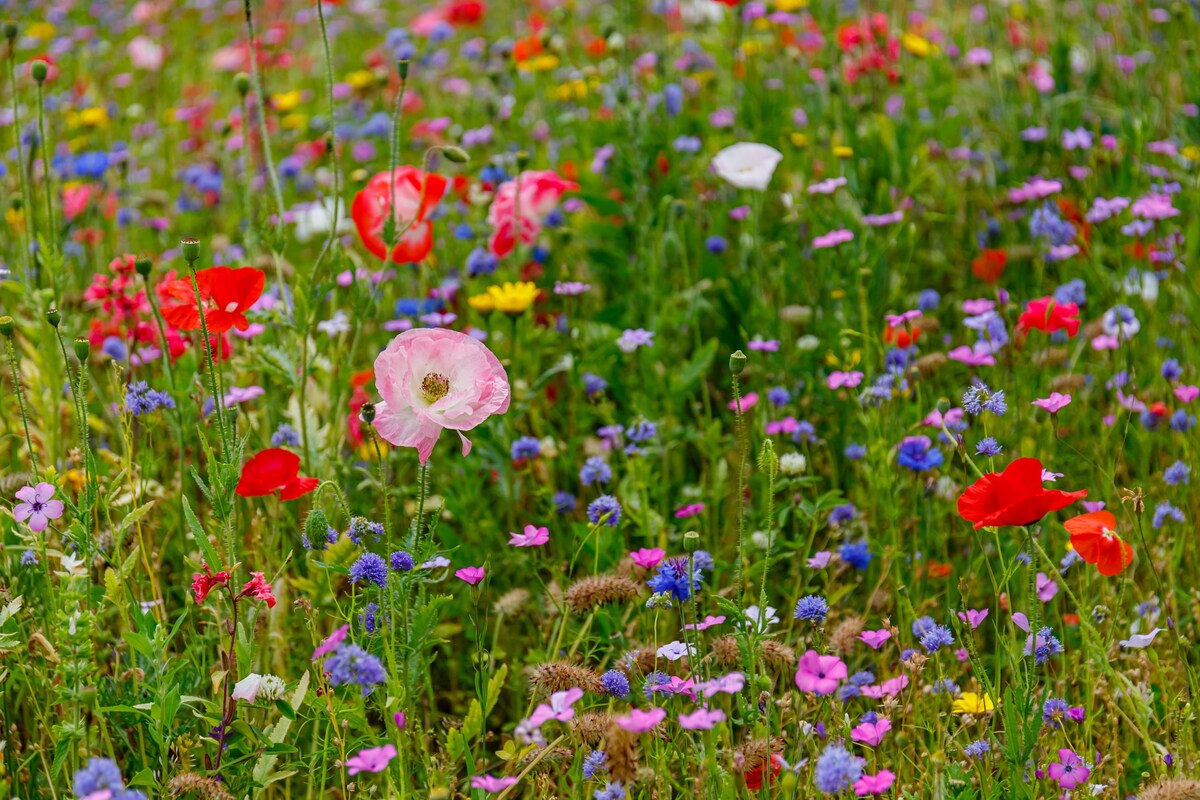
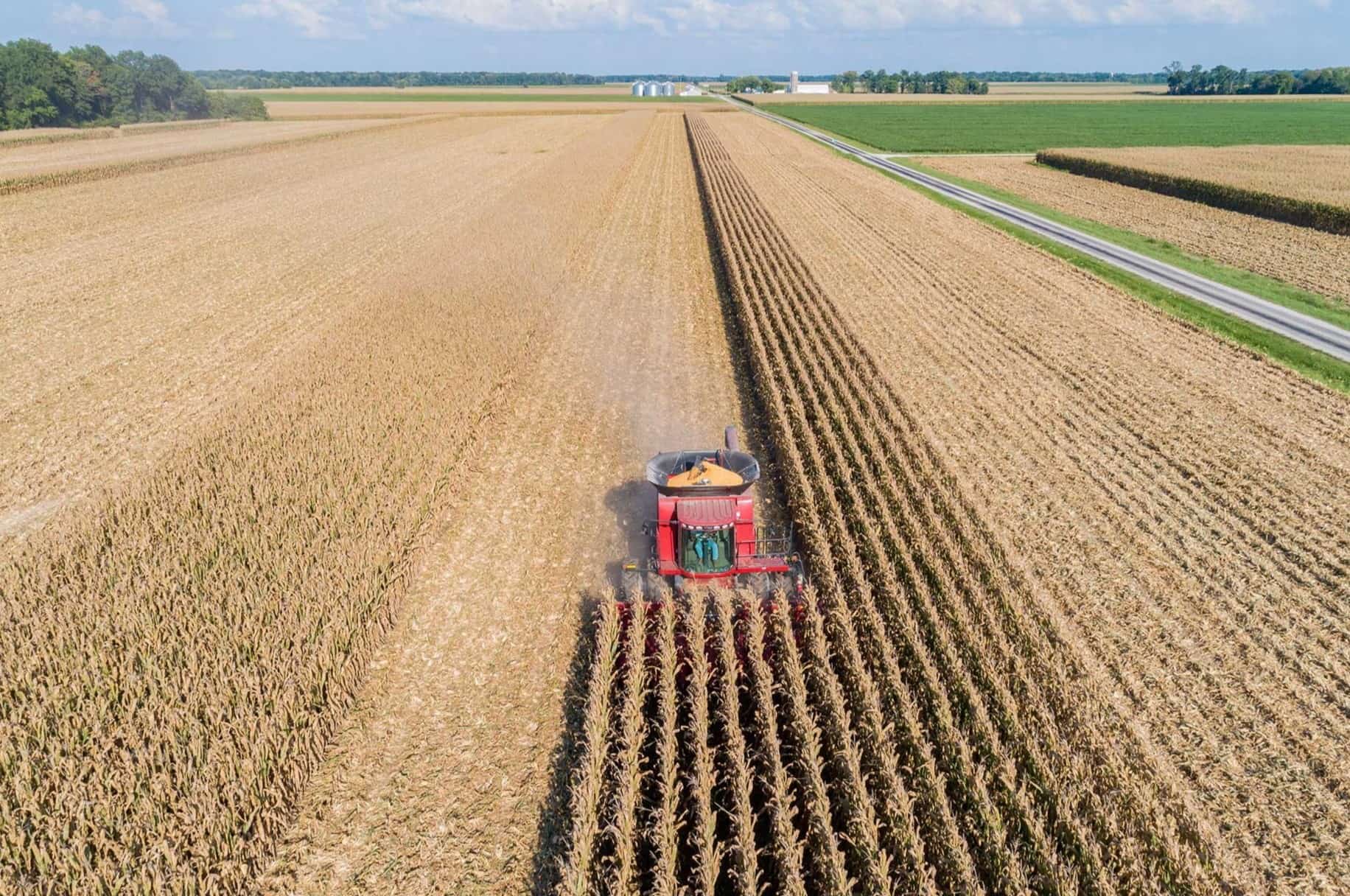

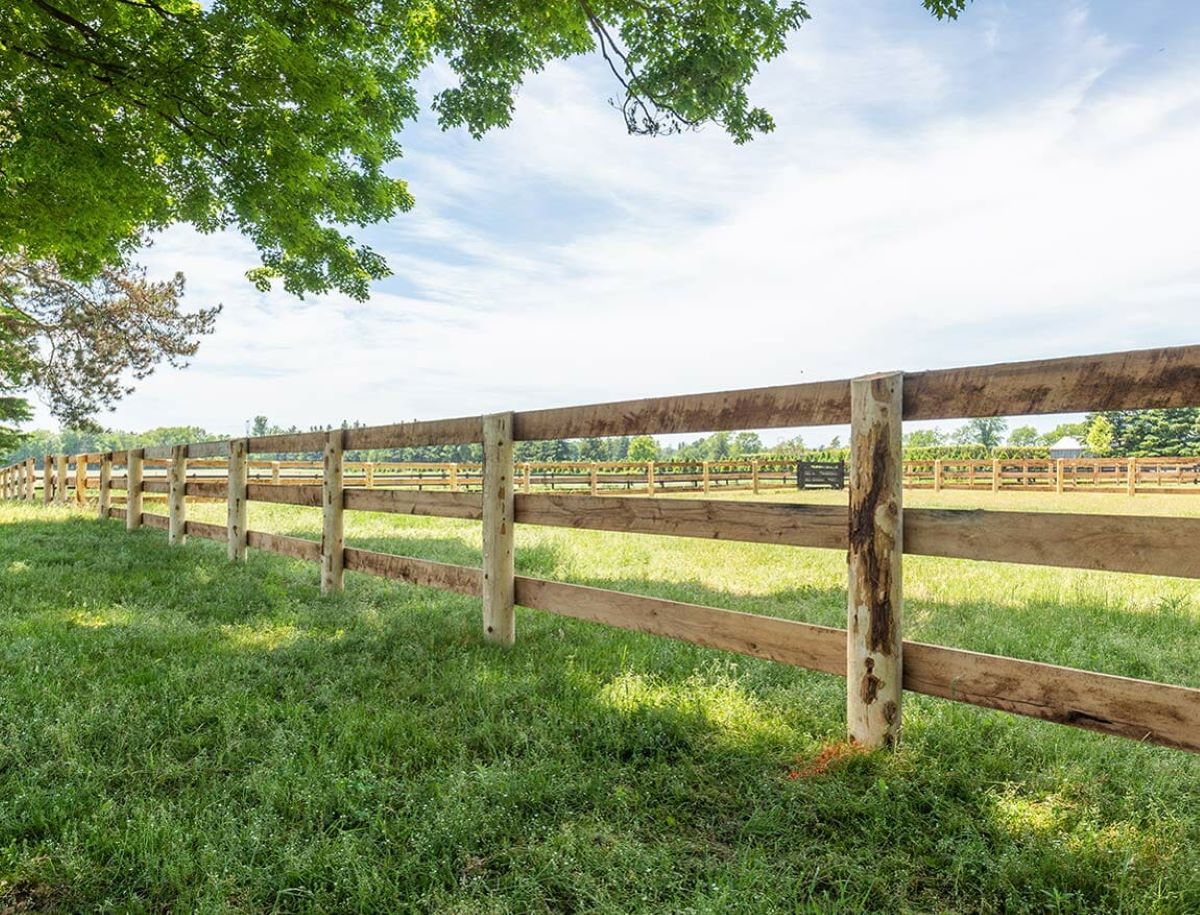
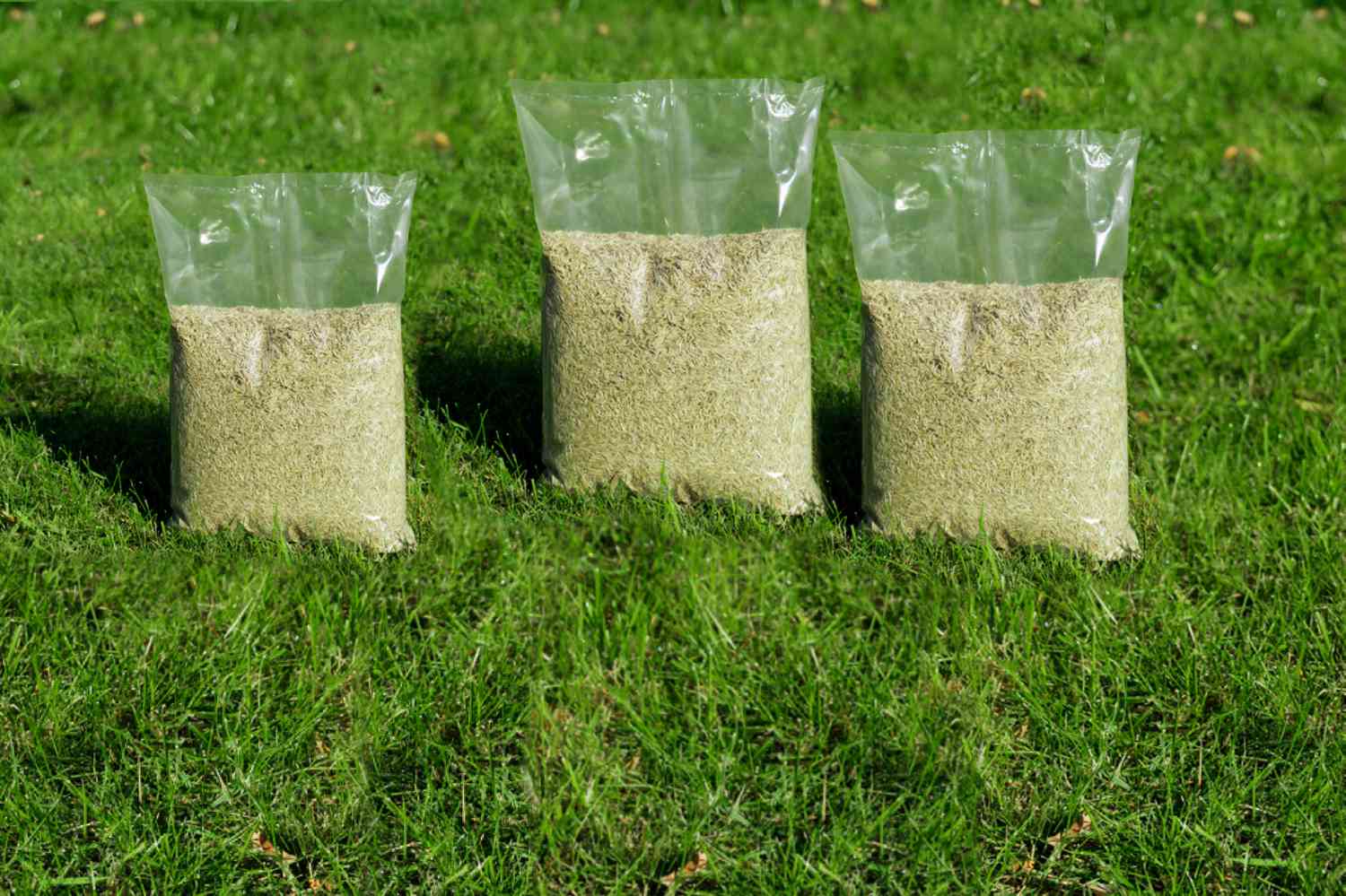
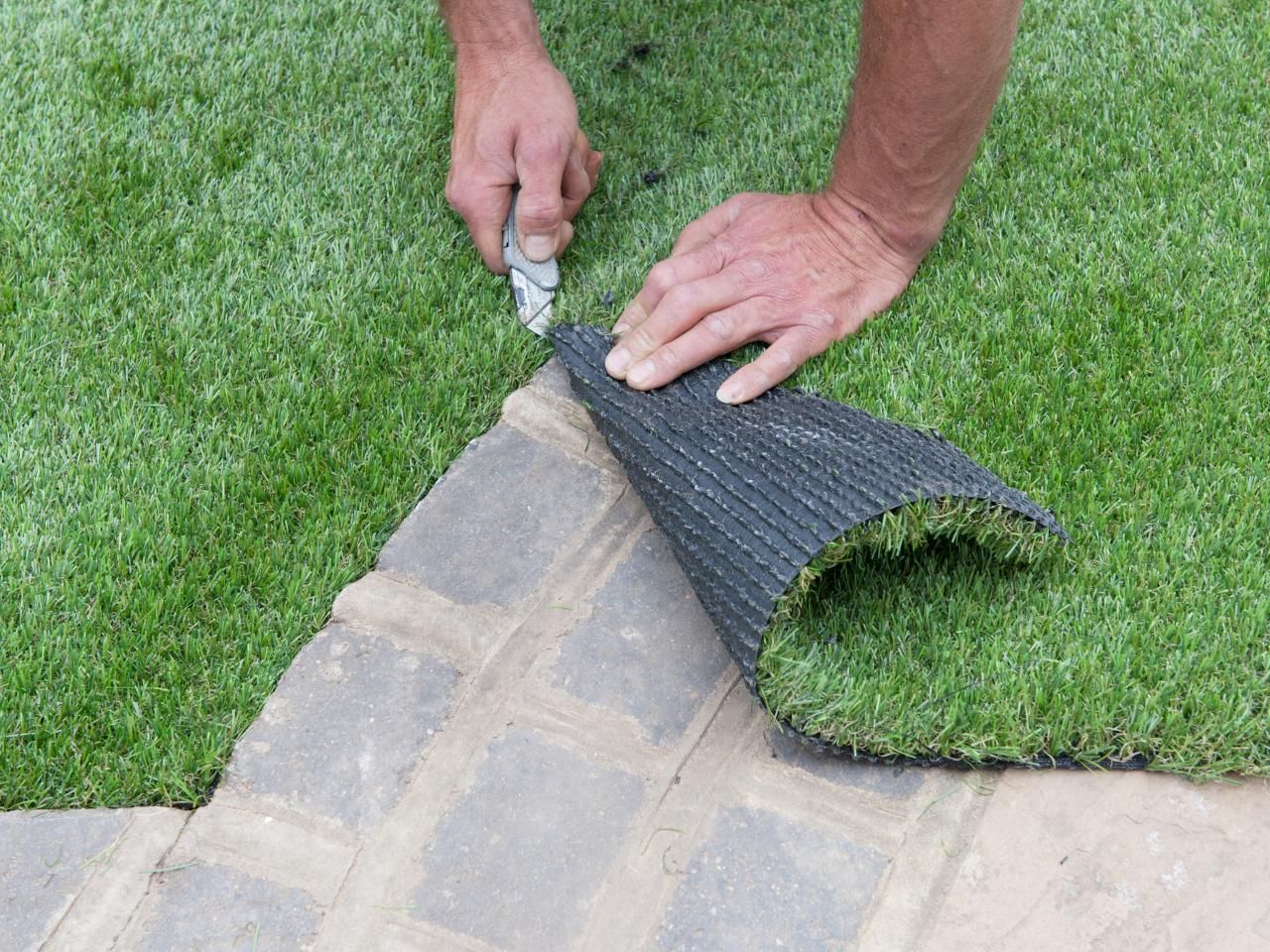
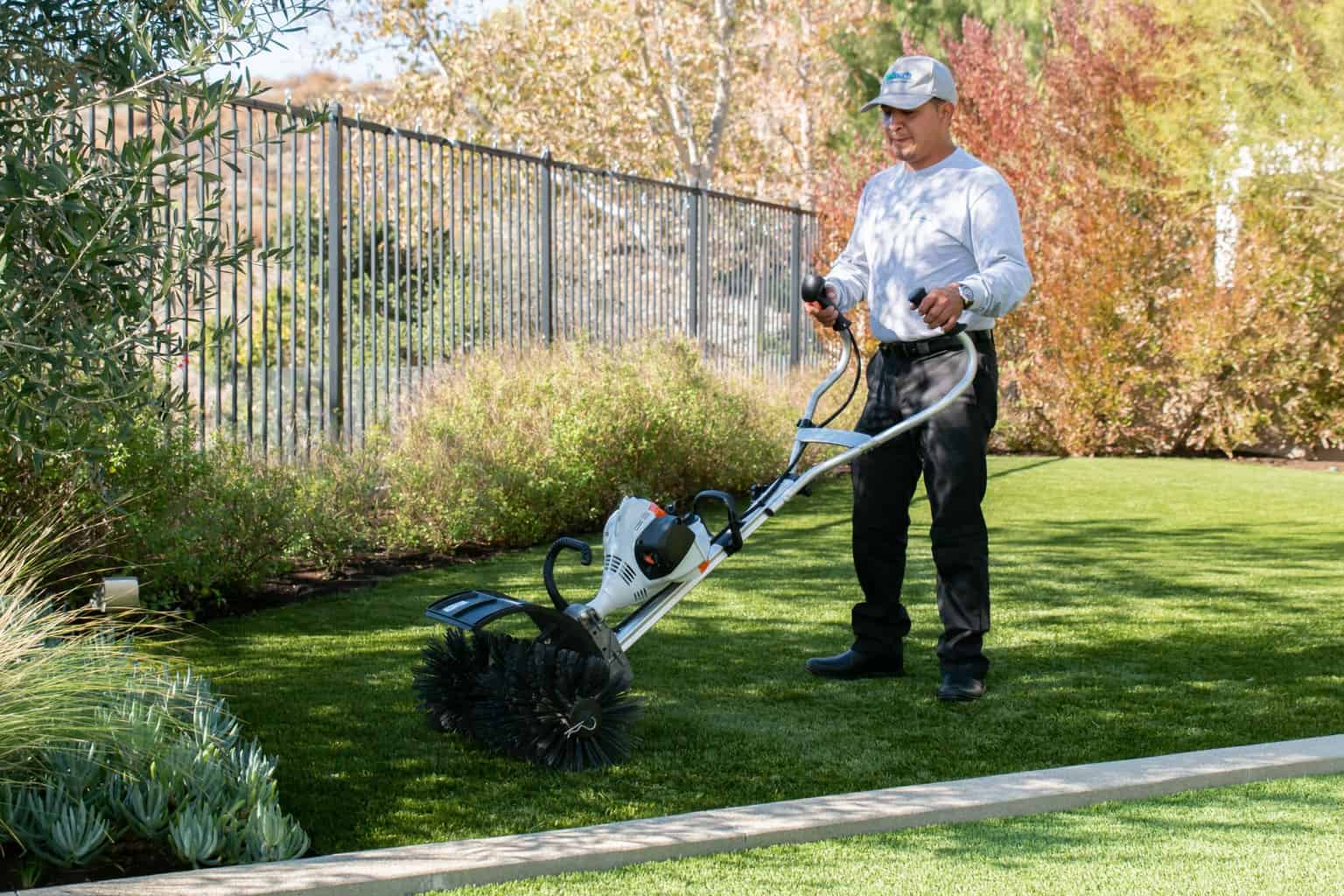

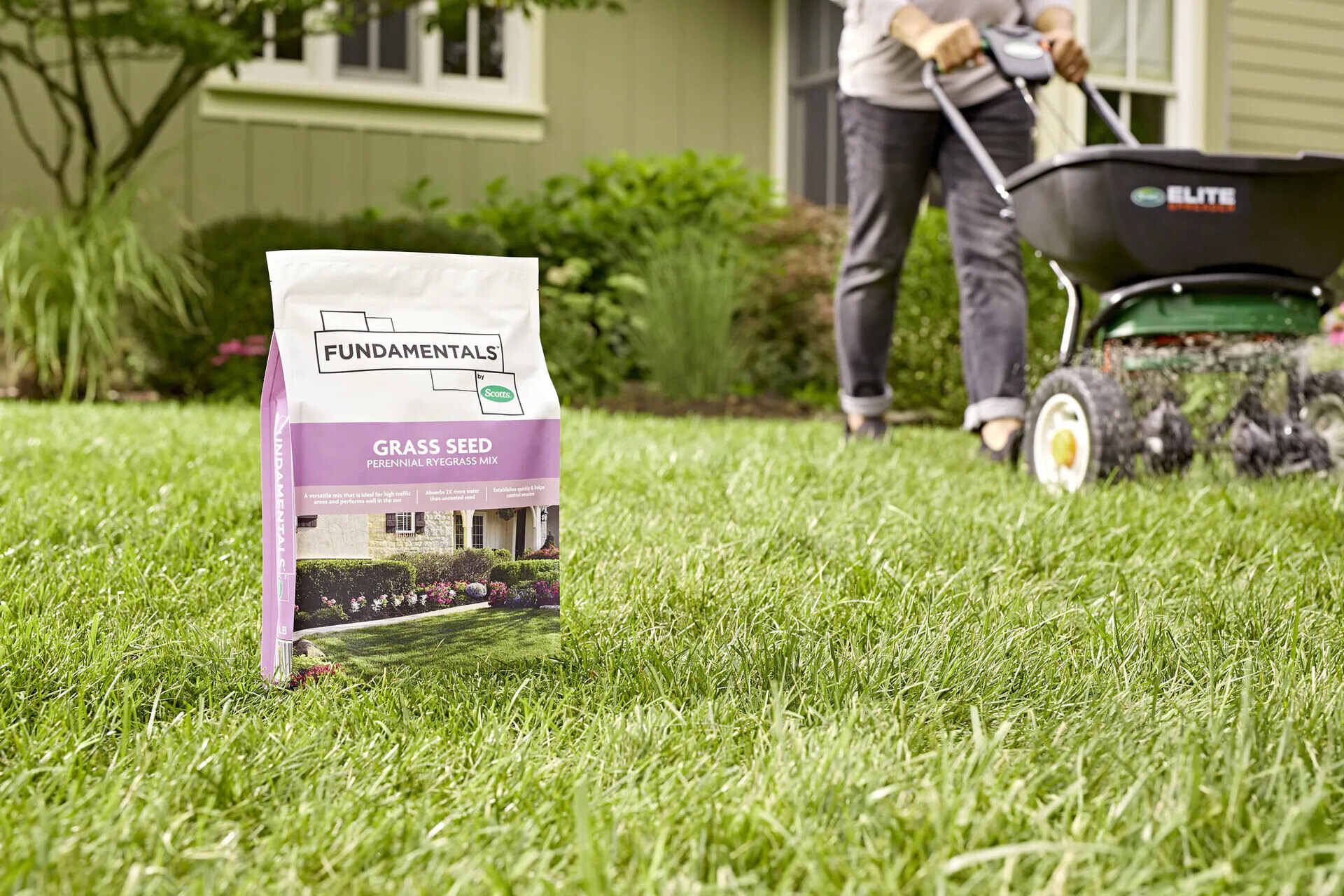

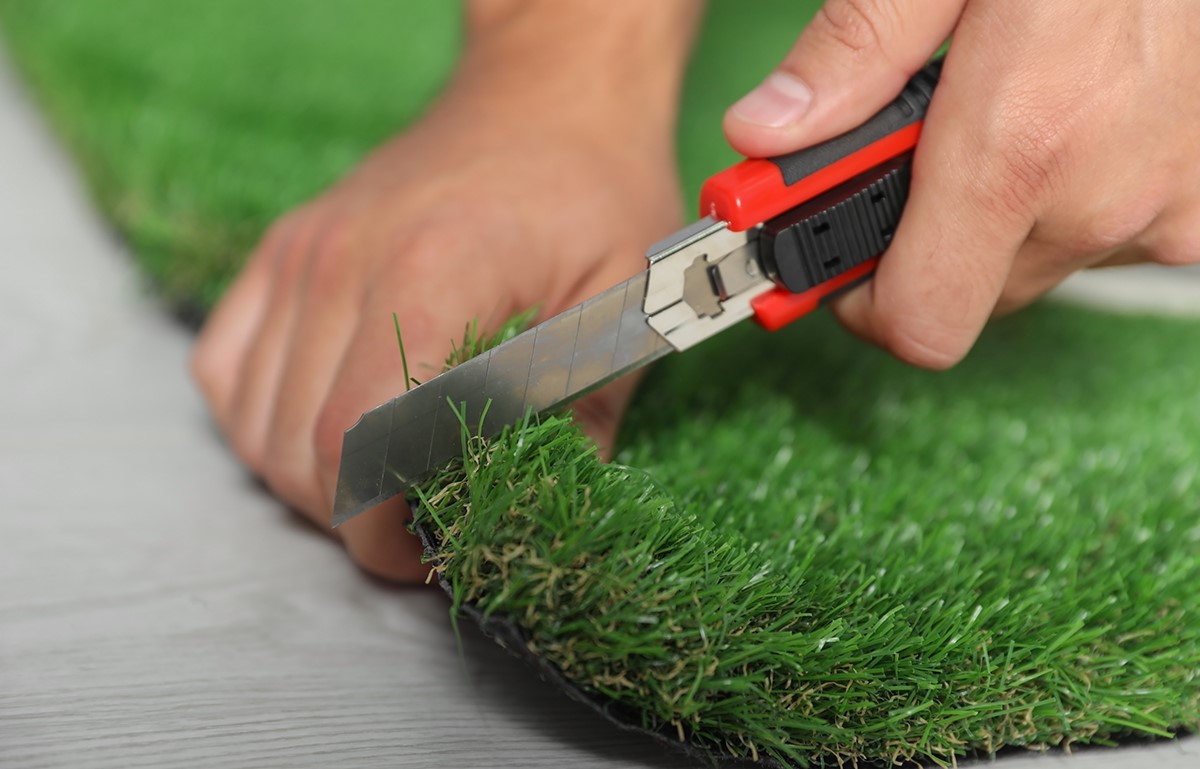
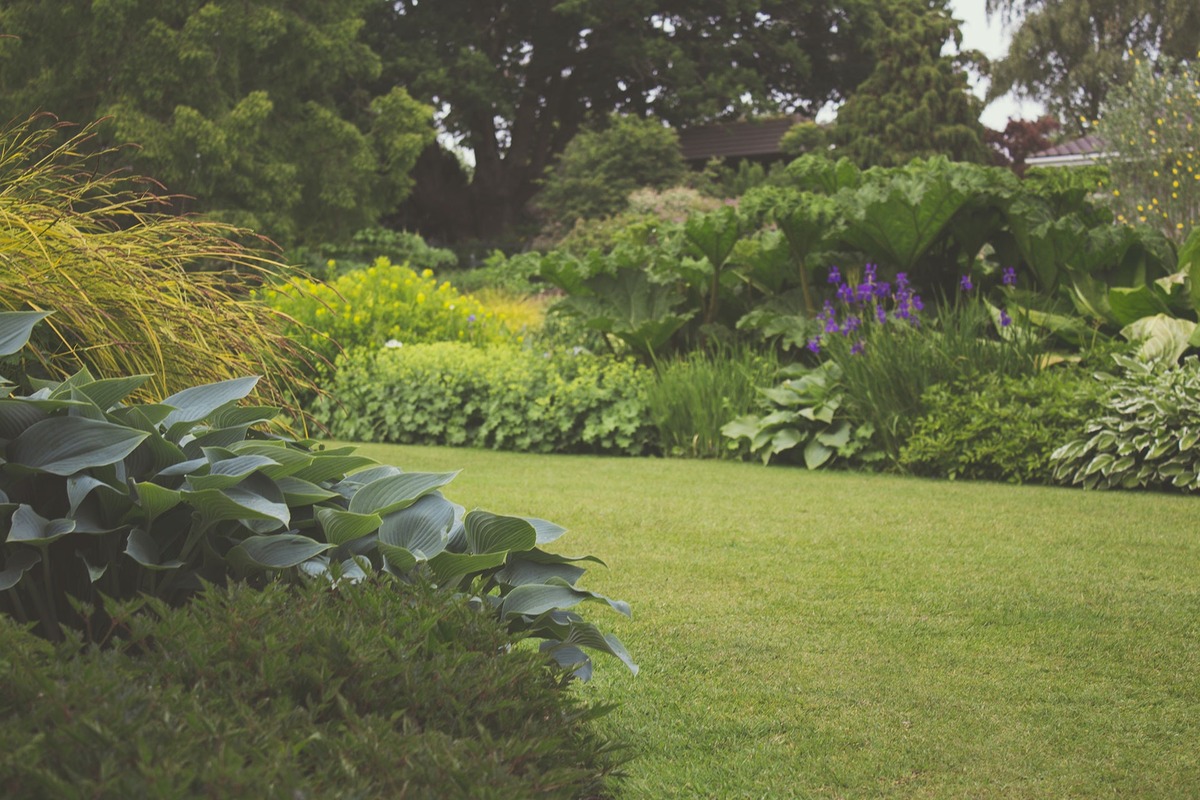
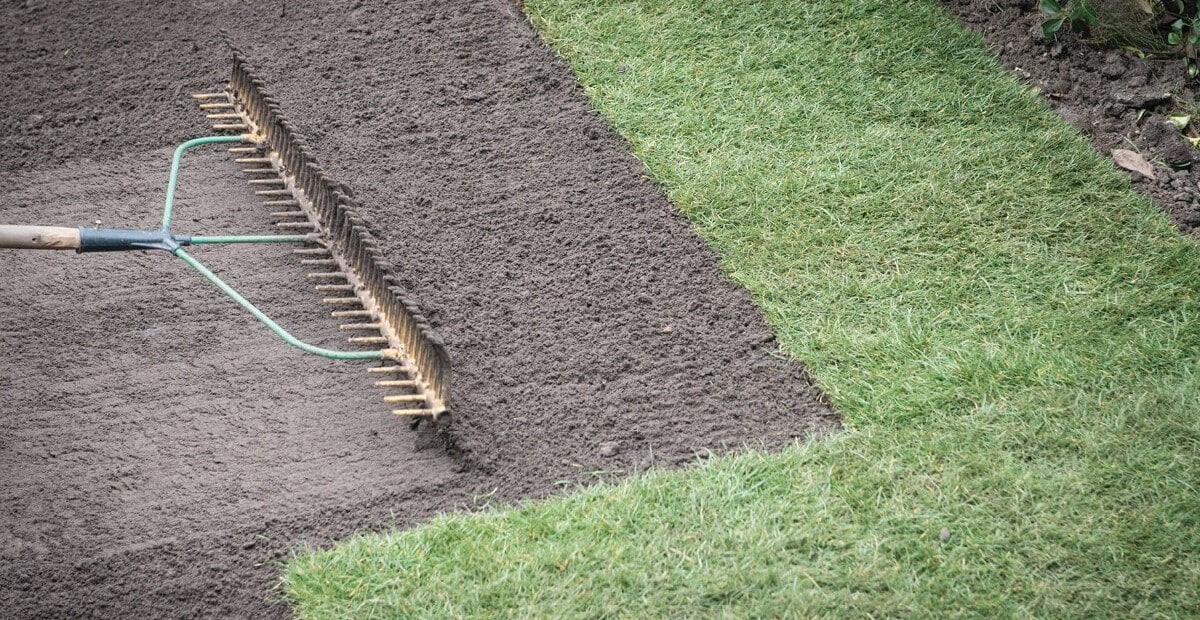

0 thoughts on “How Many Acres Of Turf Grass Are There In The United States”